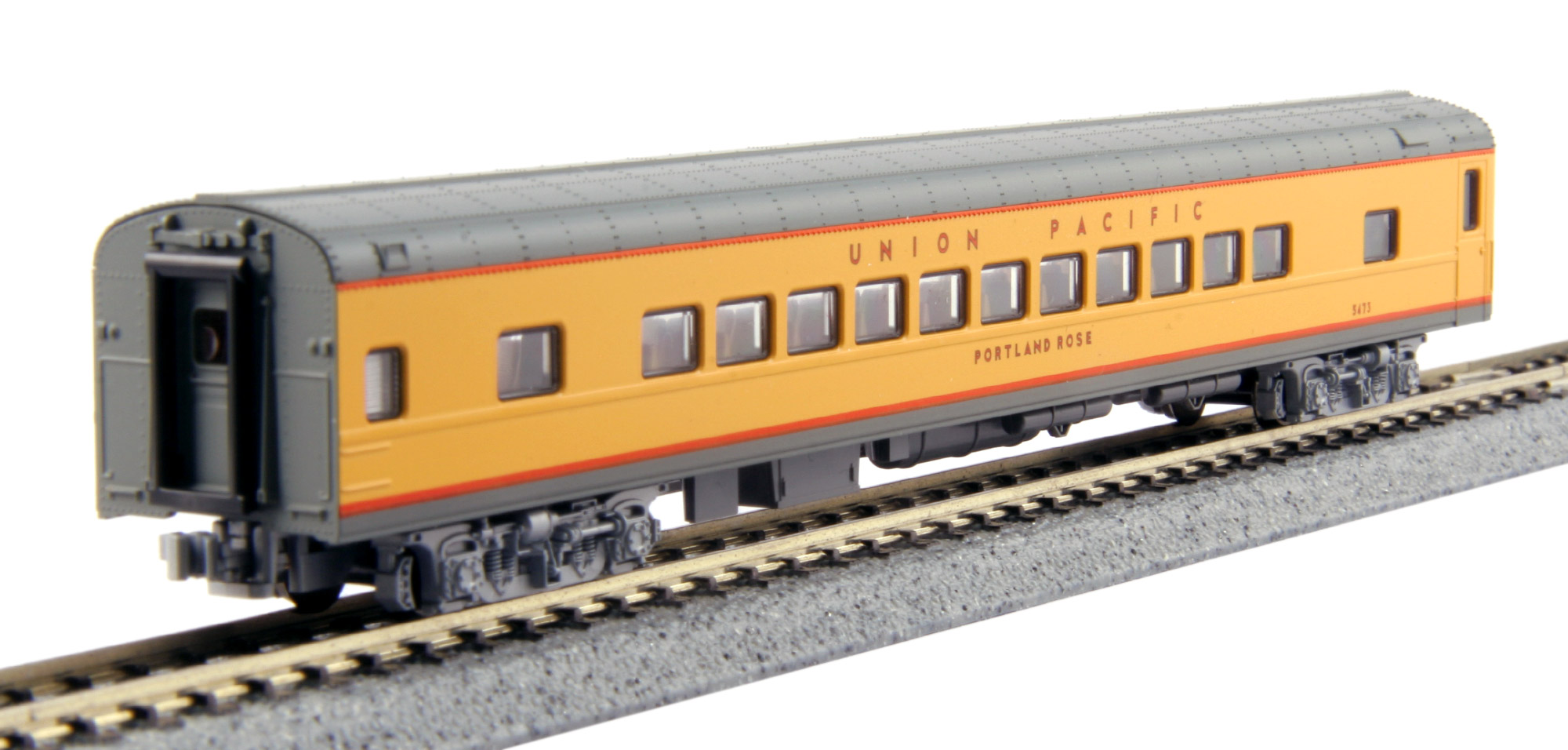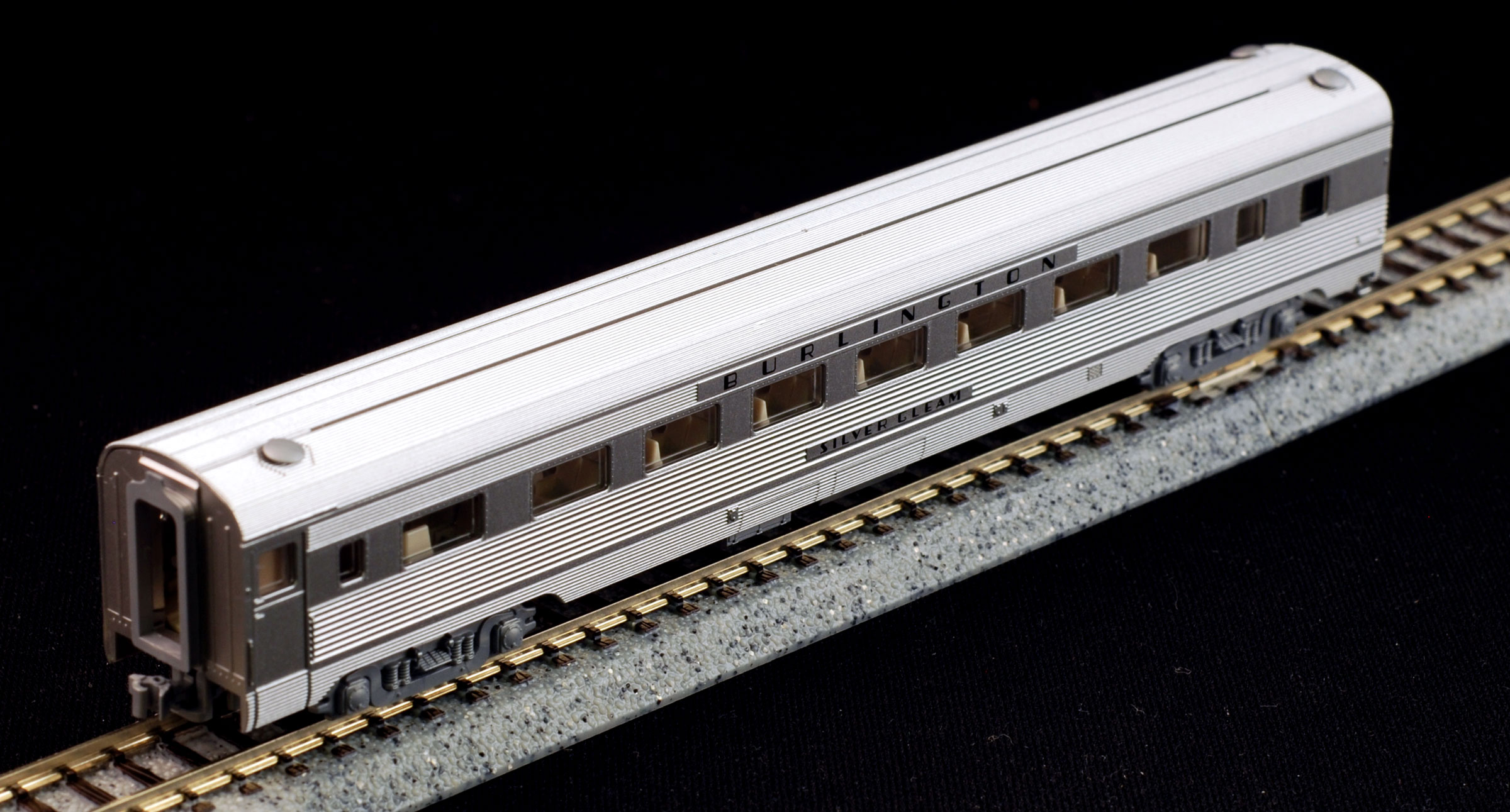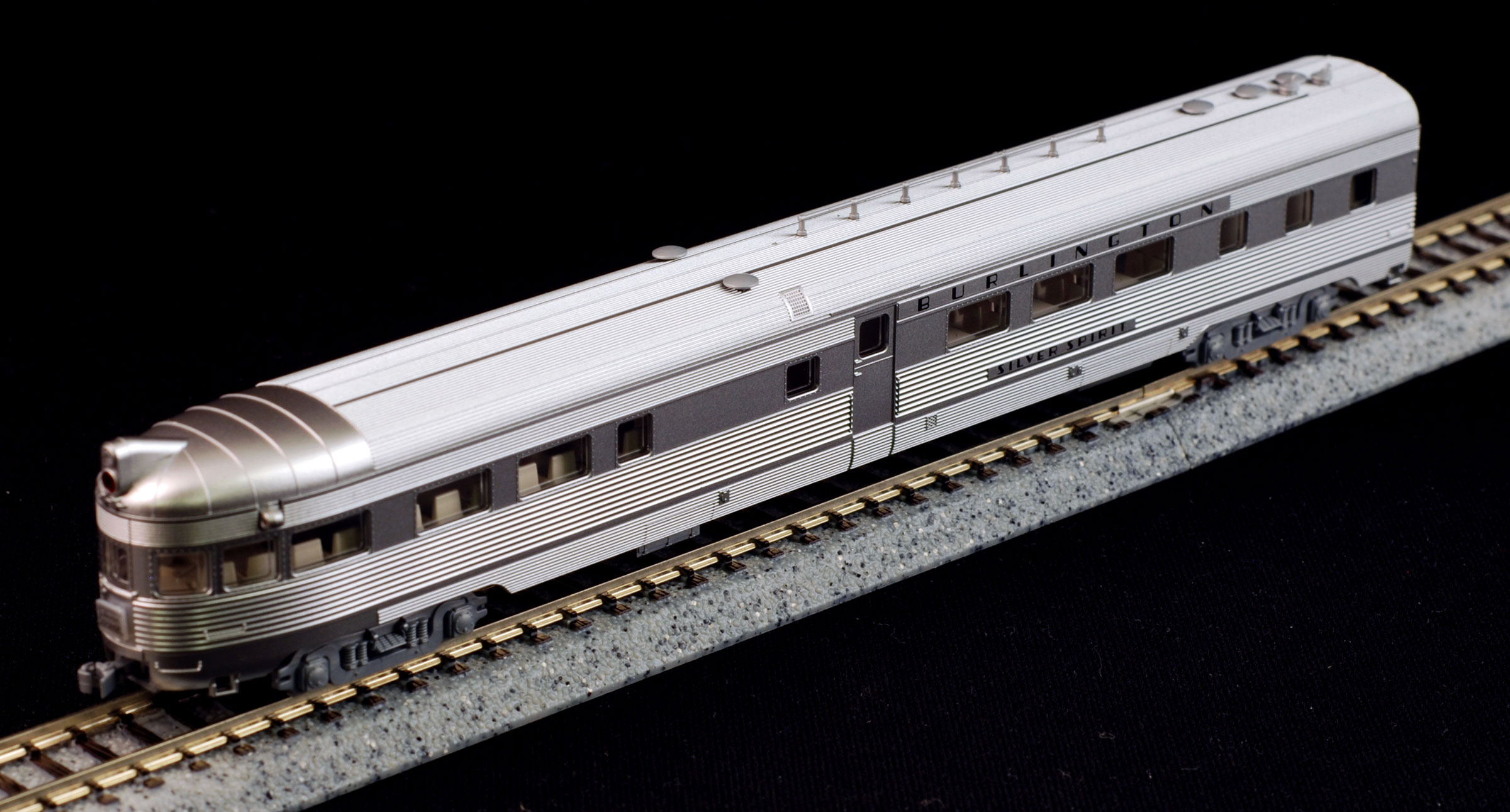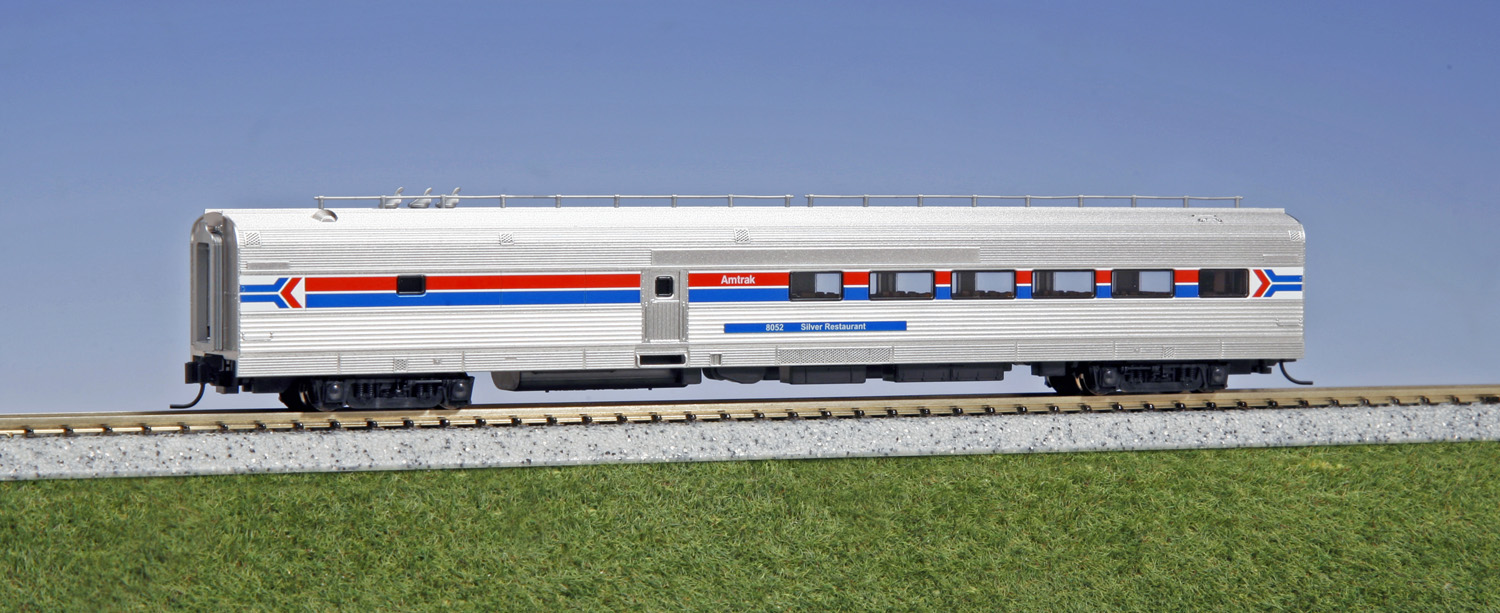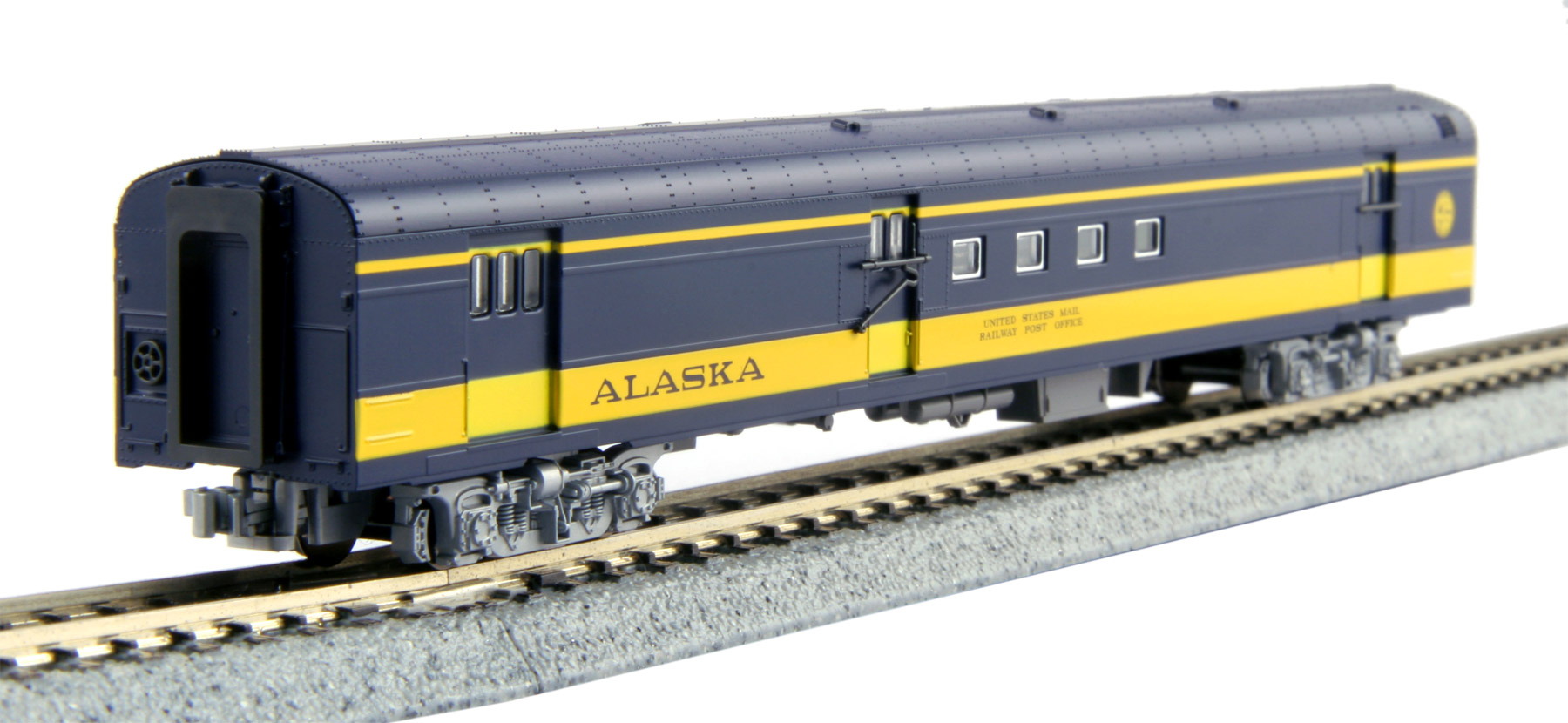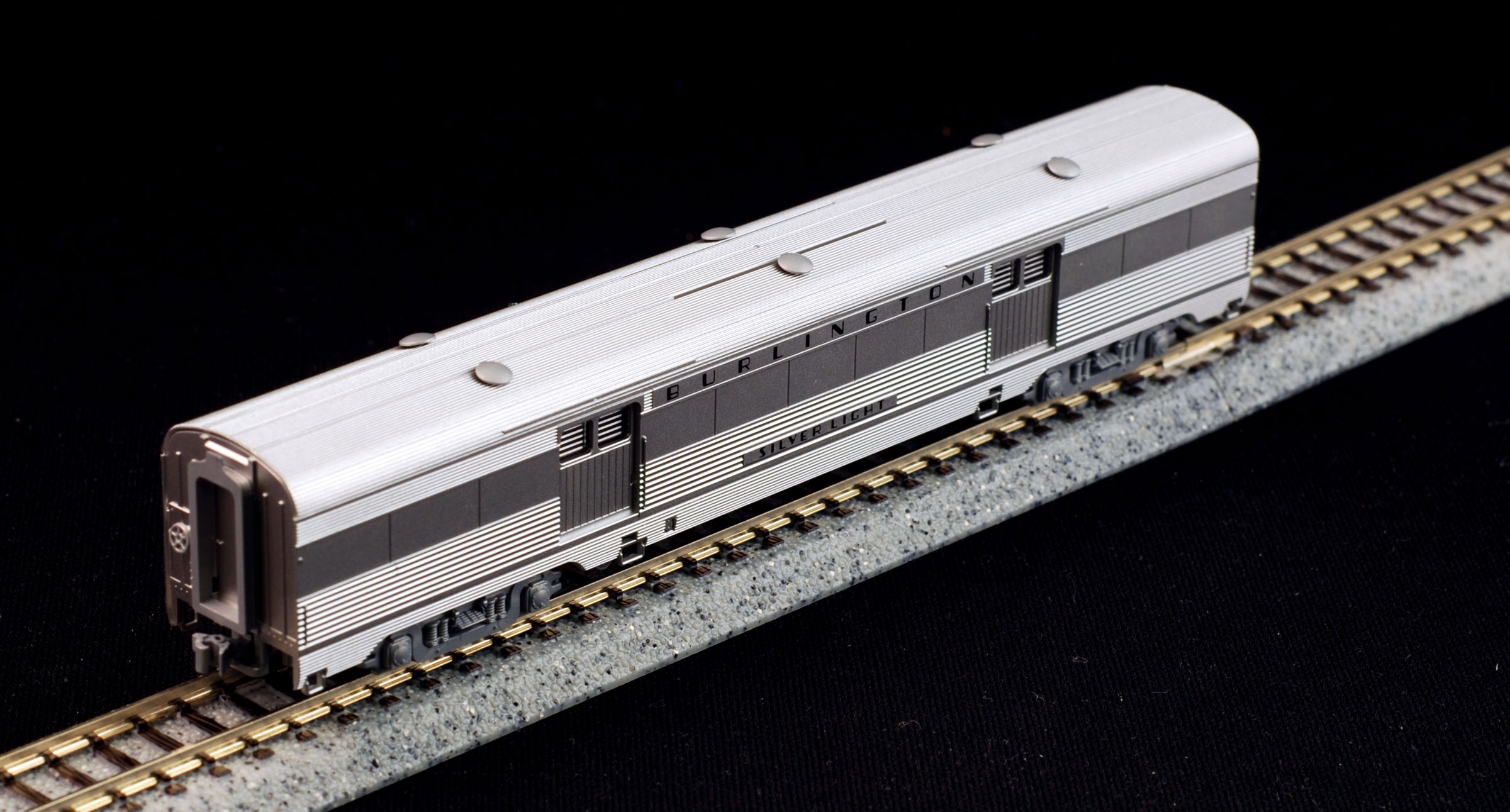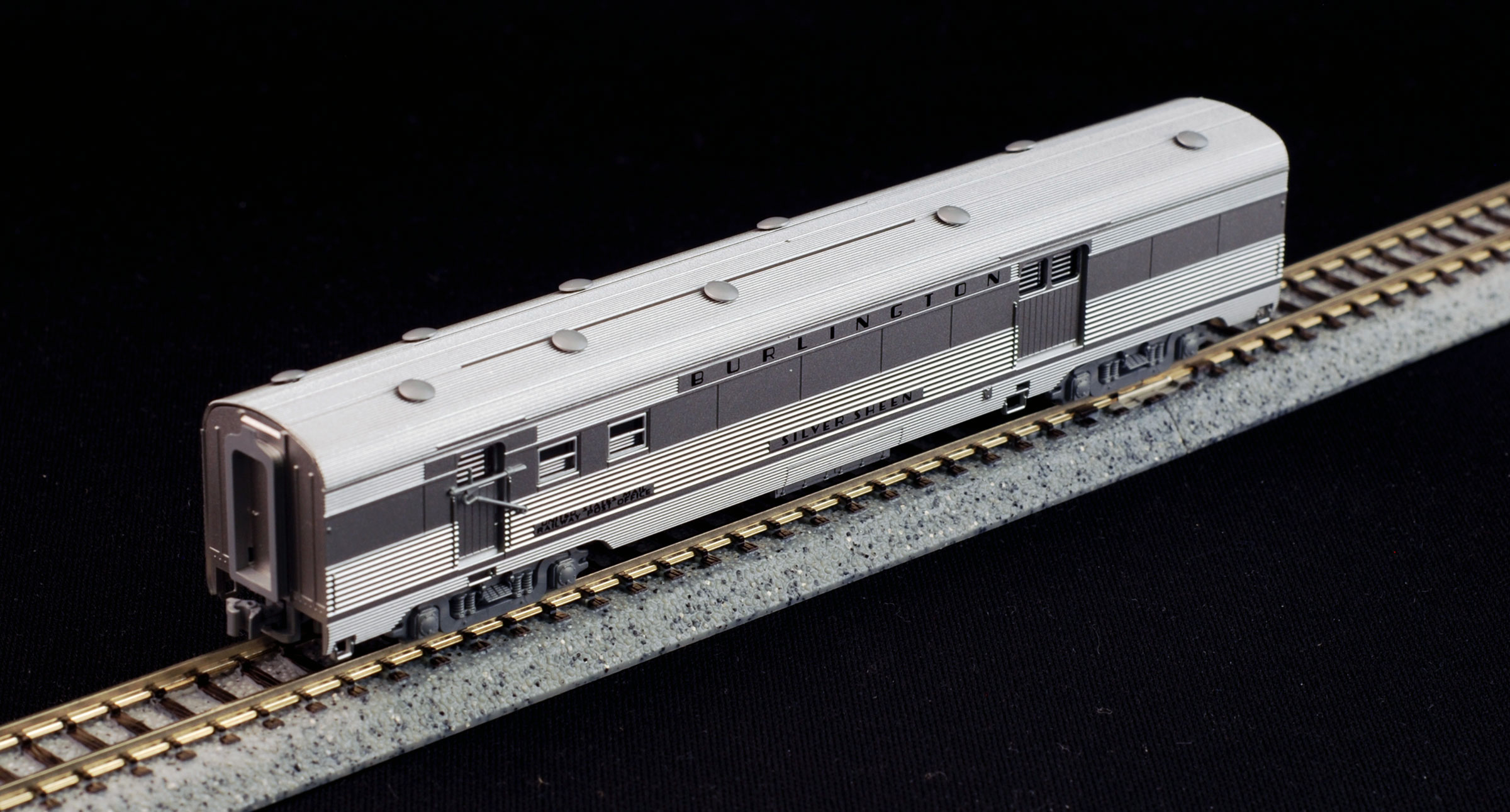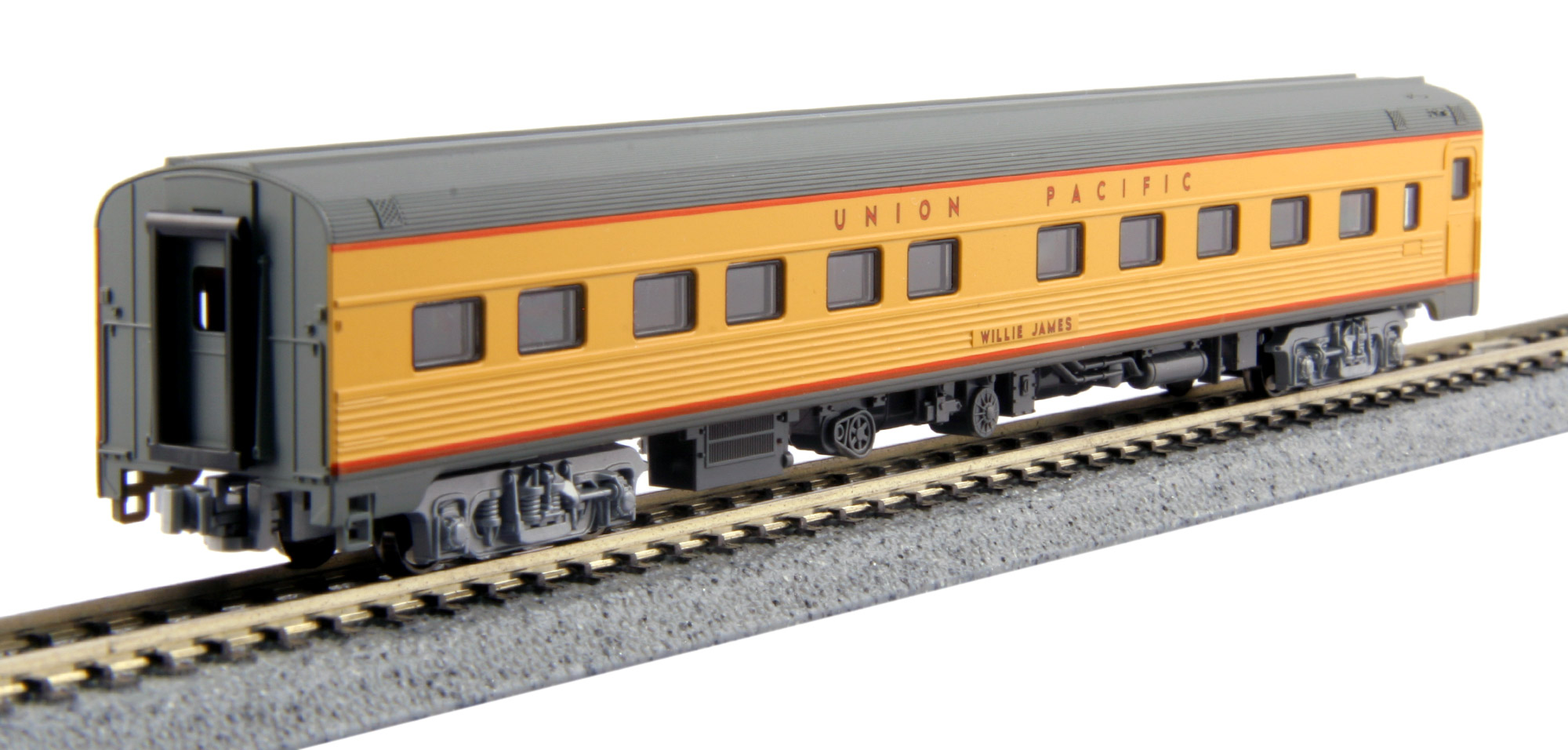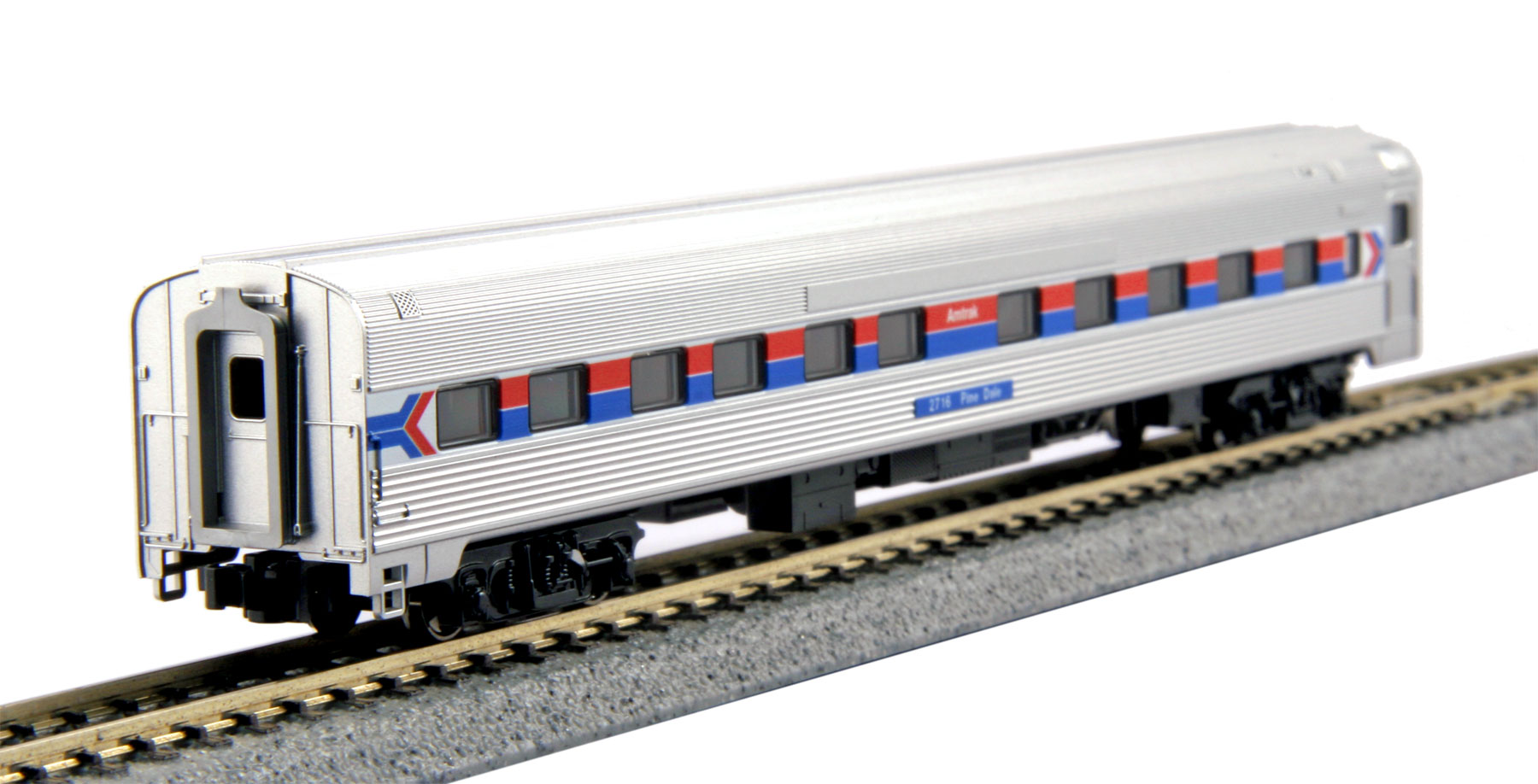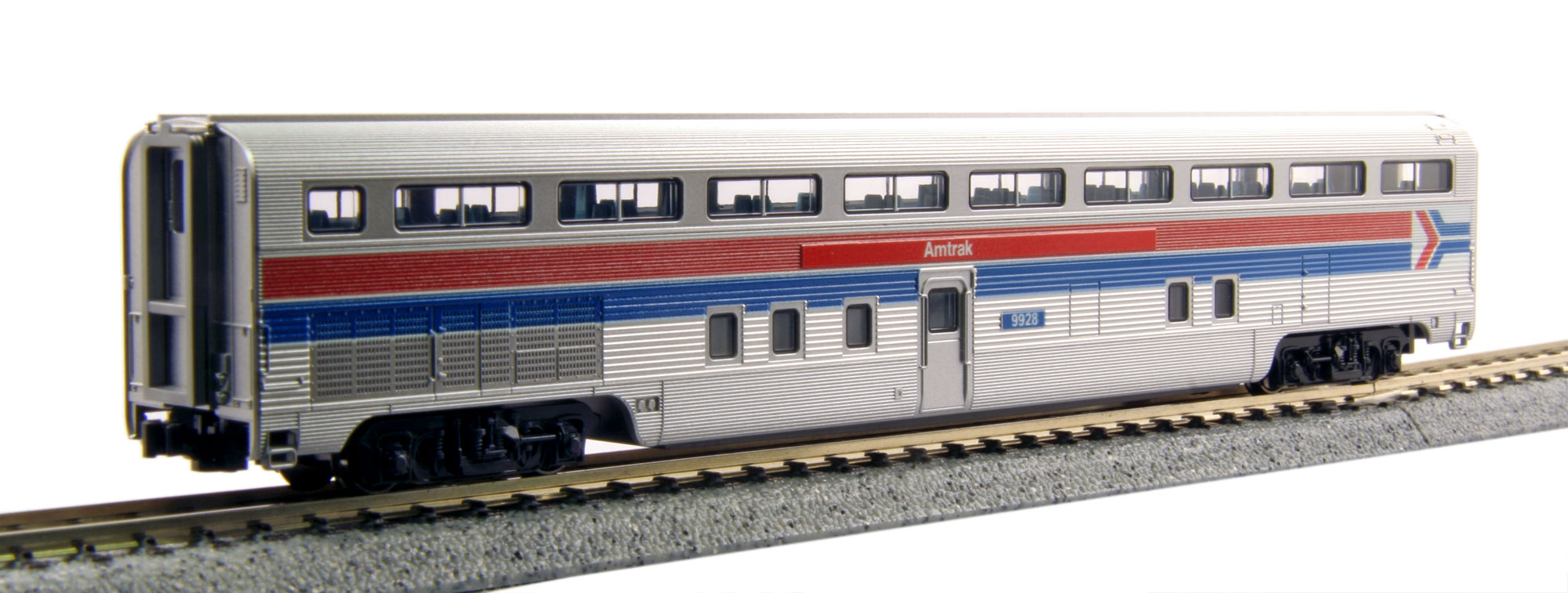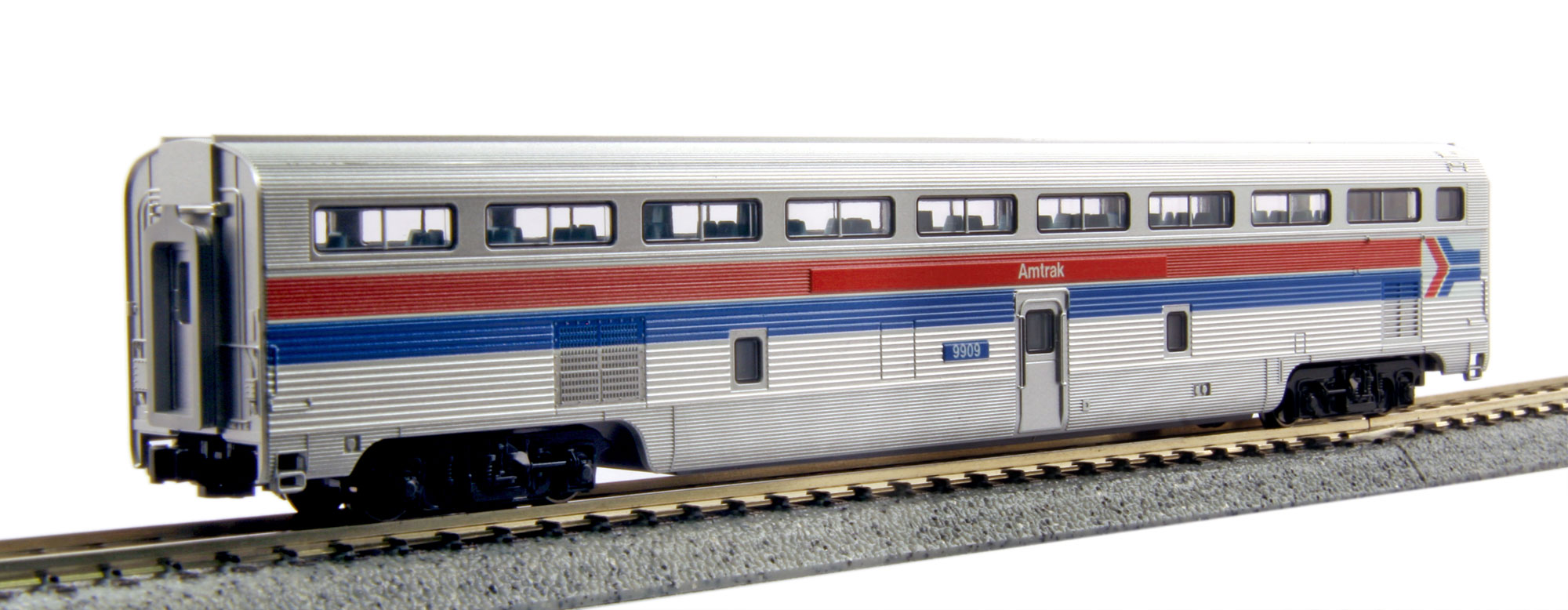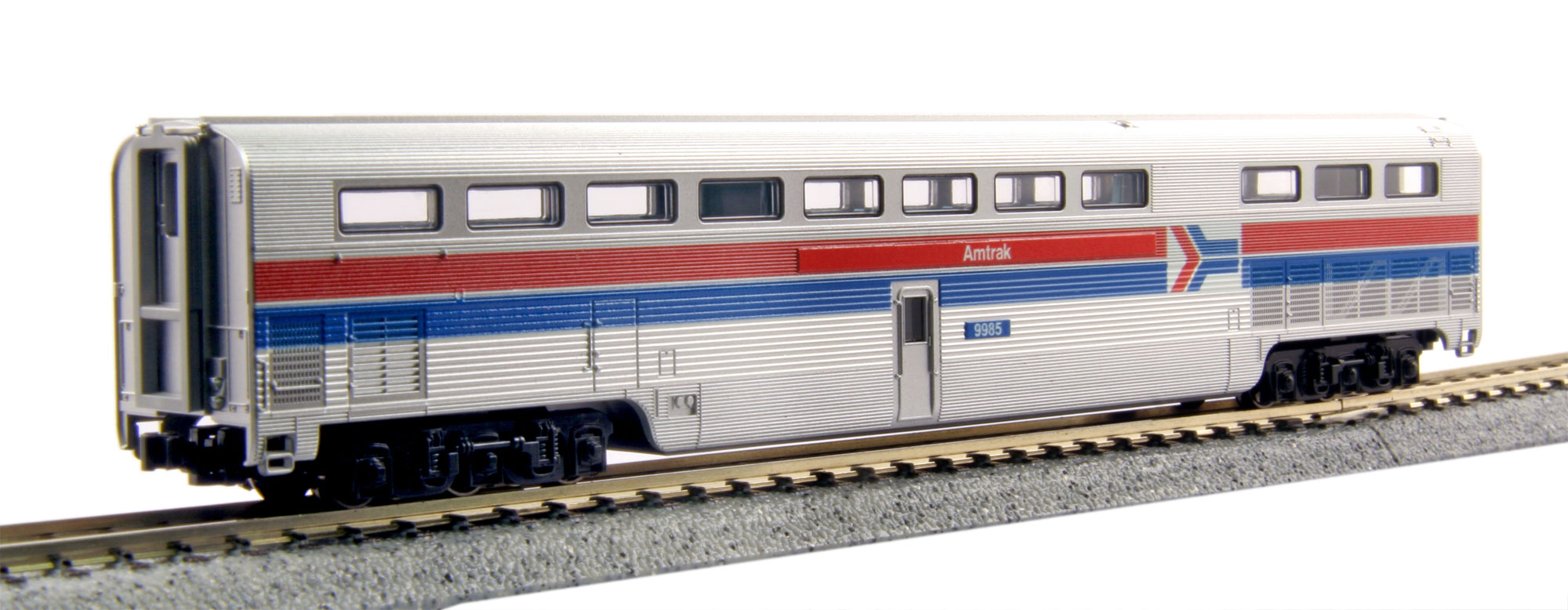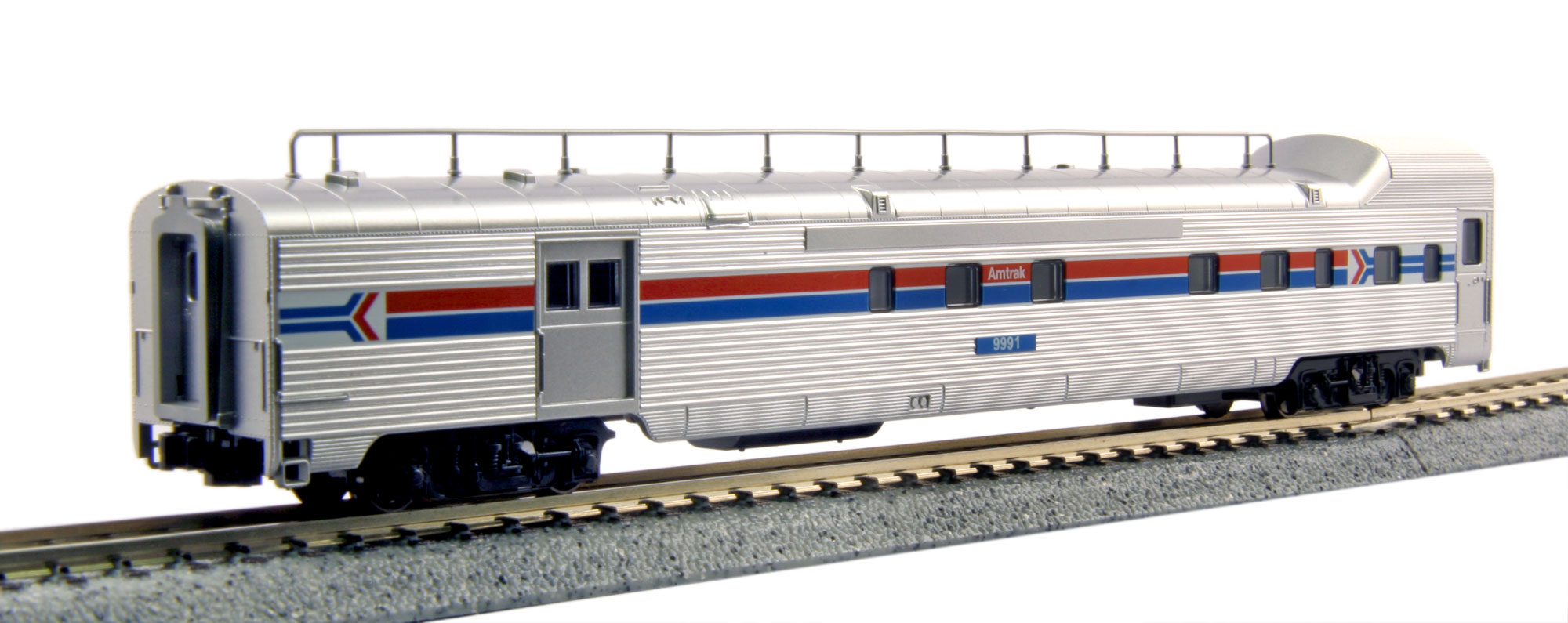Pictorial Reference Guide: Kato North American Passenger Cars
Published: 2016-04-22 - By: gdm
Last updated on: 2021-08-14
Last updated on: 2021-08-14
visibility: Public
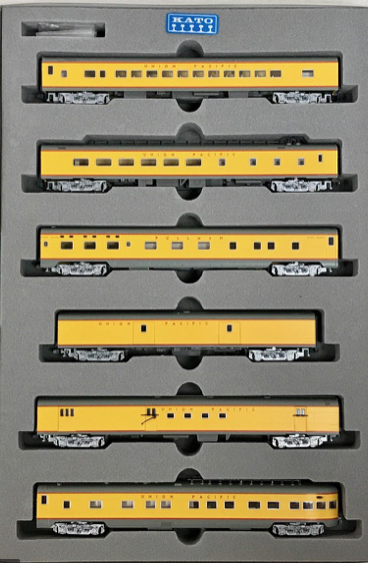
Since we published this Guide (4/18/16), we have received lots of feedback. Some have asked: "Is this for the modeller? The collector?" Some have said, "Thanks for the Resource." Others have shared different online resources for researching model trains.
We are glad people are paying attention and telling us what they think of this Guide and sharing resources. Thank you. Feedback will only help us create a better, more useful resource for model train enthusiasts.
Based on this feedback, we have done a few things.
So, you collect model trains. But do you always know what's in your (train) box? Sometimes the answer isn't that obvious. Case in point: Kato pre-Amtrak passenger cars.
When Kato decided to model pre-Amtrak passenger car service in the United States, they took on a complex task. They produced some fantastic, high-quality models that illustrate the uniqueness of each type of passenger car produced by the major U.S. manufacturers: ACF, Budd, and Pullman.
Unfortunately, there are a LOT of different body styles in production by Kato that, at first glance, can seem very similar to one another. For instance, you own an ACF ("ACF Smoothside") Union Pacific dome car. But is it a Dome Diner or a Dome Observation car? Ambiguous documentation and the fact that these cars look INCREDIBLY similar make it very challenging to know for sure what exactly you have.
The answer to this conundrum? If you look closely at each car, important differences can be discerned.
So, after lots of googling and close inspection of the different rolling stock, we created this page, which serves as a visual guide to recognizing the different kinds of Passenger rolling stock produced by Kato over the years.
We hope you find this helpful.
ACF. American Car and Foundry. Sometimes referred to by Kato documentation as ‘ACF Smoothside’. Here is how you can see other trains (in the n-scale db) in this body style.
If you click on the very first picture (the ACF Coach), that will bring you to a page https://www.trovestar.com/generic/zoom.php?id=90820 with lots of stats (reference data), such as Manufacturer, Brand, Road Name, Color, Body, Release Date, etc.
If you click on Body: "K_PAACFCO," that will bring up another page https://www.trovestar.com/generic/index.php?Collection=4&Body=K_PAACFCO with information on trains with that body style (Kato Passenger Car ACF Smoothside Coach) created by Kato.
(You will notice that this page lists 4 trains but clearly there are many more that should be listed here. The n-scale database is a work in progress and is clearly nowhere near complete. We are hoping that people interested in Kato might consider sharing their expertise to help make this a more complete db / resource. To encourage this activity, we have launched an N-Scale Trains Rewards program, which has been well received. Here is a link to our blog about it.)
Following Santa Fe's transferal of their passenger operations, Amtrak continued to operate the “El Capitan” and “Super Chief” trains in combined consists for a number of years before retiring the historic “El Capitan” name, adorning them in its then-new Phase I red, white and blue paint scheme.
We are glad people are paying attention and telling us what they think of this Guide and sharing resources. Thank you. Feedback will only help us create a better, more useful resource for model train enthusiasts.
Based on this feedback, we have done a few things.
- We added some text to help clarify the intent behind this Guide, which is written with the Collector in mind.
- We have added new Resources to our N-scale Trains Resource page.
- Last but not least, we have added some of the body styles people mentioned in their comments. Many of the Super-Chief body styles are now populated. These include a new diner, Pleasure-Dome, and Sleeper-Lounge-Observation. Most of these are Pullman designs. However, if we incorrectly classified any ACF or Budd trains as Pullman, please let us know.
So, you collect model trains. But do you always know what's in your (train) box? Sometimes the answer isn't that obvious. Case in point: Kato pre-Amtrak passenger cars.
When Kato decided to model pre-Amtrak passenger car service in the United States, they took on a complex task. They produced some fantastic, high-quality models that illustrate the uniqueness of each type of passenger car produced by the major U.S. manufacturers: ACF, Budd, and Pullman.
Unfortunately, there are a LOT of different body styles in production by Kato that, at first glance, can seem very similar to one another. For instance, you own an ACF ("ACF Smoothside") Union Pacific dome car. But is it a Dome Diner or a Dome Observation car? Ambiguous documentation and the fact that these cars look INCREDIBLY similar make it very challenging to know for sure what exactly you have.
The answer to this conundrum? If you look closely at each car, important differences can be discerned.
So, after lots of googling and close inspection of the different rolling stock, we created this page, which serves as a visual guide to recognizing the different kinds of Passenger rolling stock produced by Kato over the years.
We hope you find this helpful.
ACF. American Car and Foundry. Sometimes referred to by Kato documentation as ‘ACF Smoothside’. Here is how you can see other trains (in the n-scale db) in this body style.
If you click on the very first picture (the ACF Coach), that will bring you to a page https://www.trovestar.com/generic/zoom.php?id=90820 with lots of stats (reference data), such as Manufacturer, Brand, Road Name, Color, Body, Release Date, etc.
If you click on Body: "K_PAACFCO," that will bring up another page https://www.trovestar.com/generic/index.php?Collection=4&Body=K_PAACFCO with information on trains with that body style (Kato Passenger Car ACF Smoothside Coach) created by Kato.
(You will notice that this page lists 4 trains but clearly there are many more that should be listed here. The n-scale database is a work in progress and is clearly nowhere near complete. We are hoping that people interested in Kato might consider sharing their expertise to help make this a more complete db / resource. To encourage this activity, we have launched an N-Scale Trains Rewards program, which has been well received. Here is a link to our blog about it.)
- Dome Diner
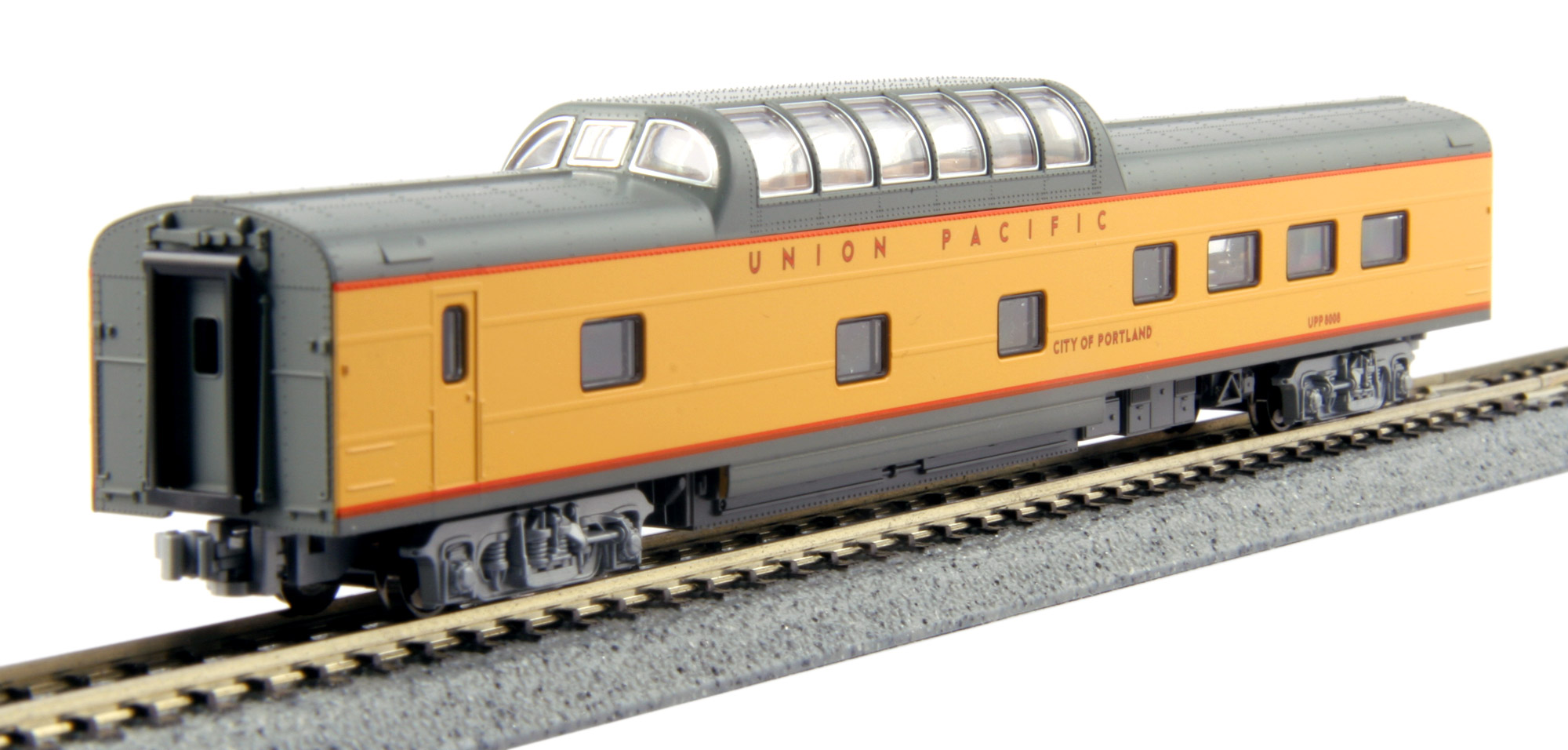
- Dome Observation
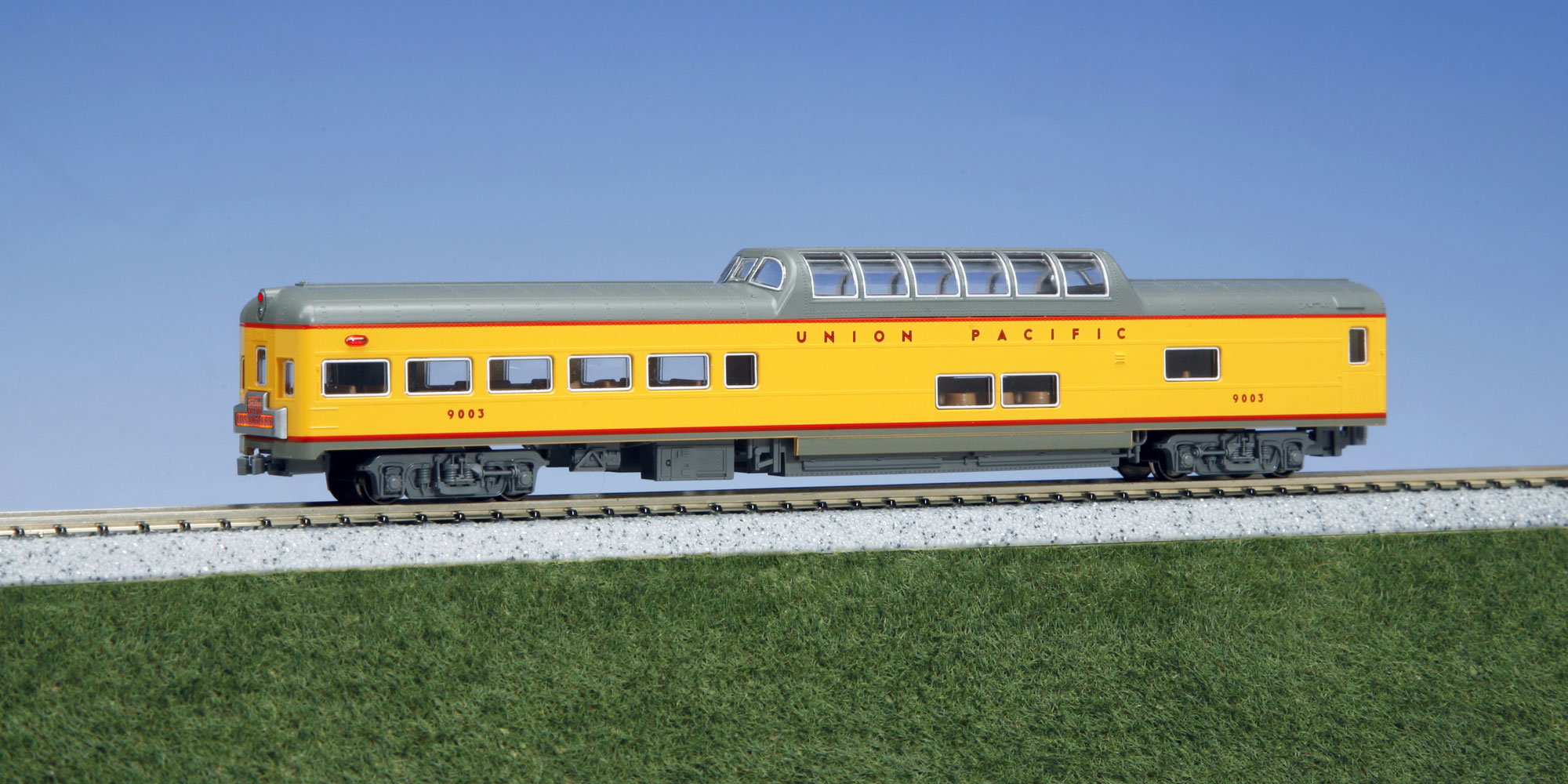
- Baggage
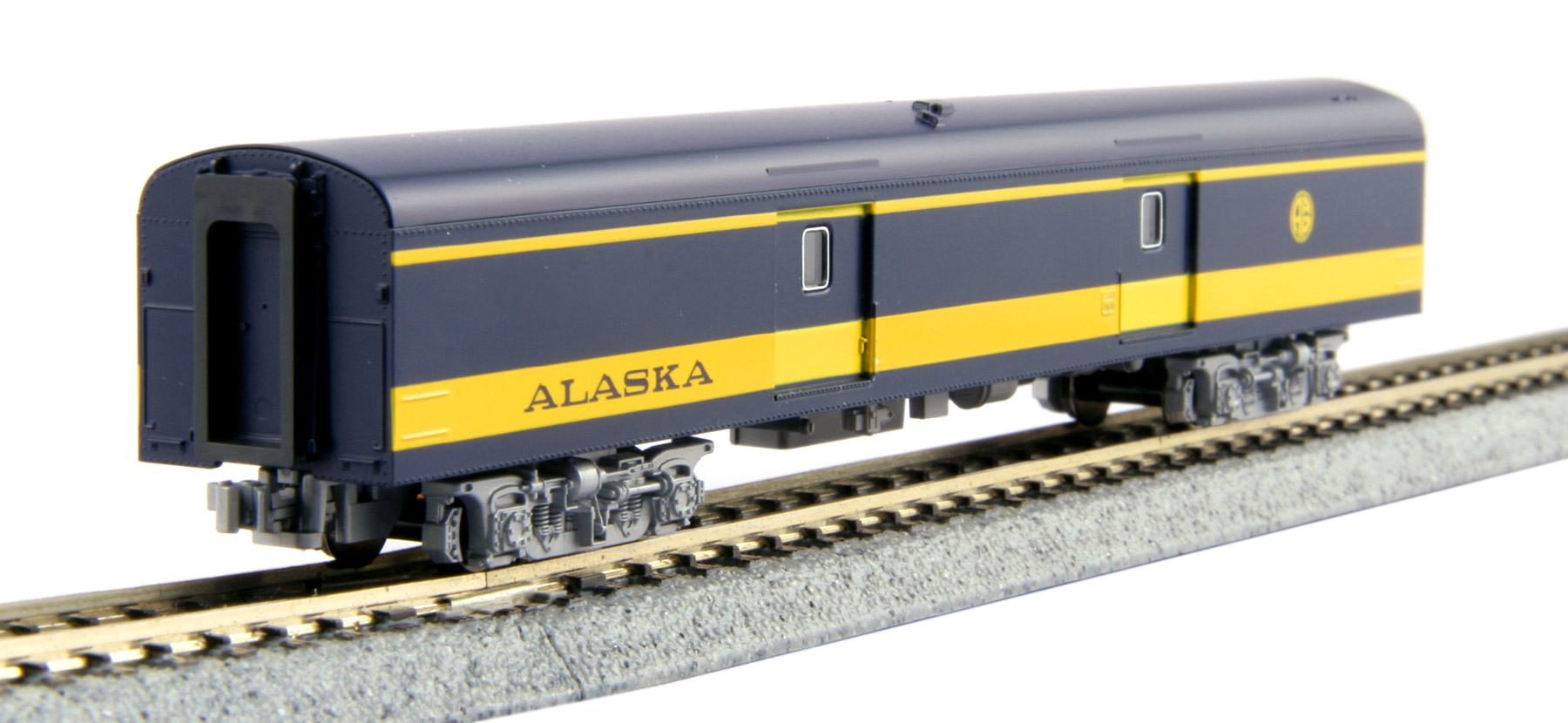
- Sleeper, 11 Double Bed
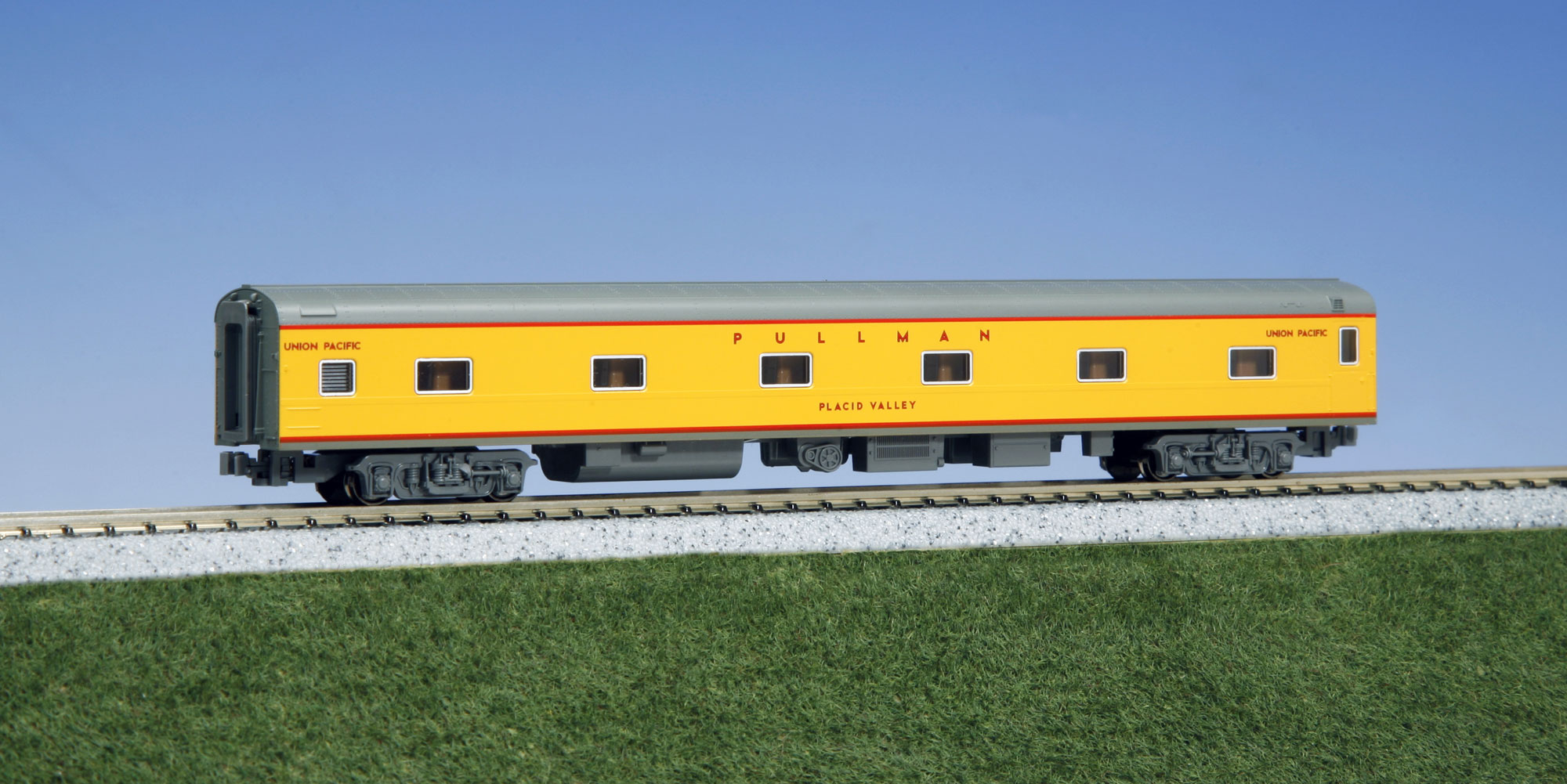
- Sleeper, 4-4-2
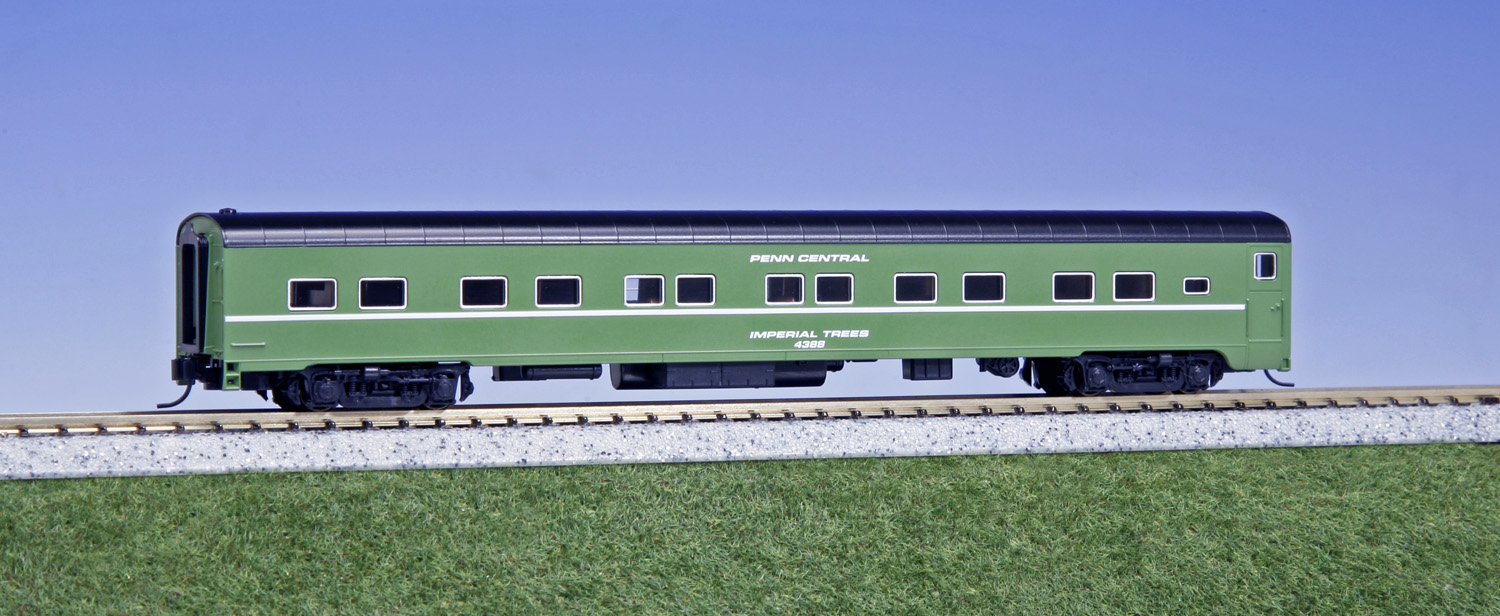
- Sleeper,10-6

- Lounge Sleeper
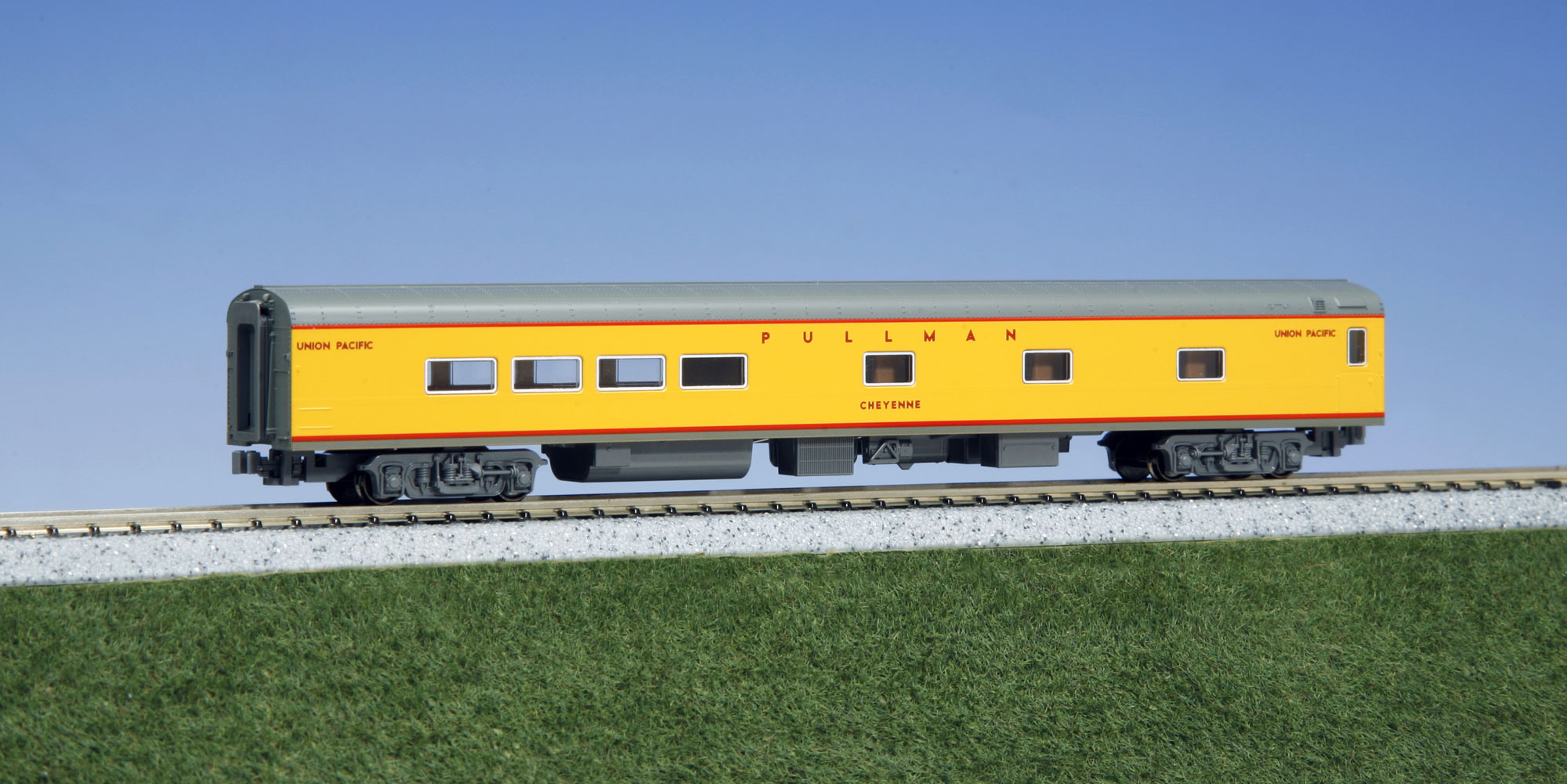
- RPO
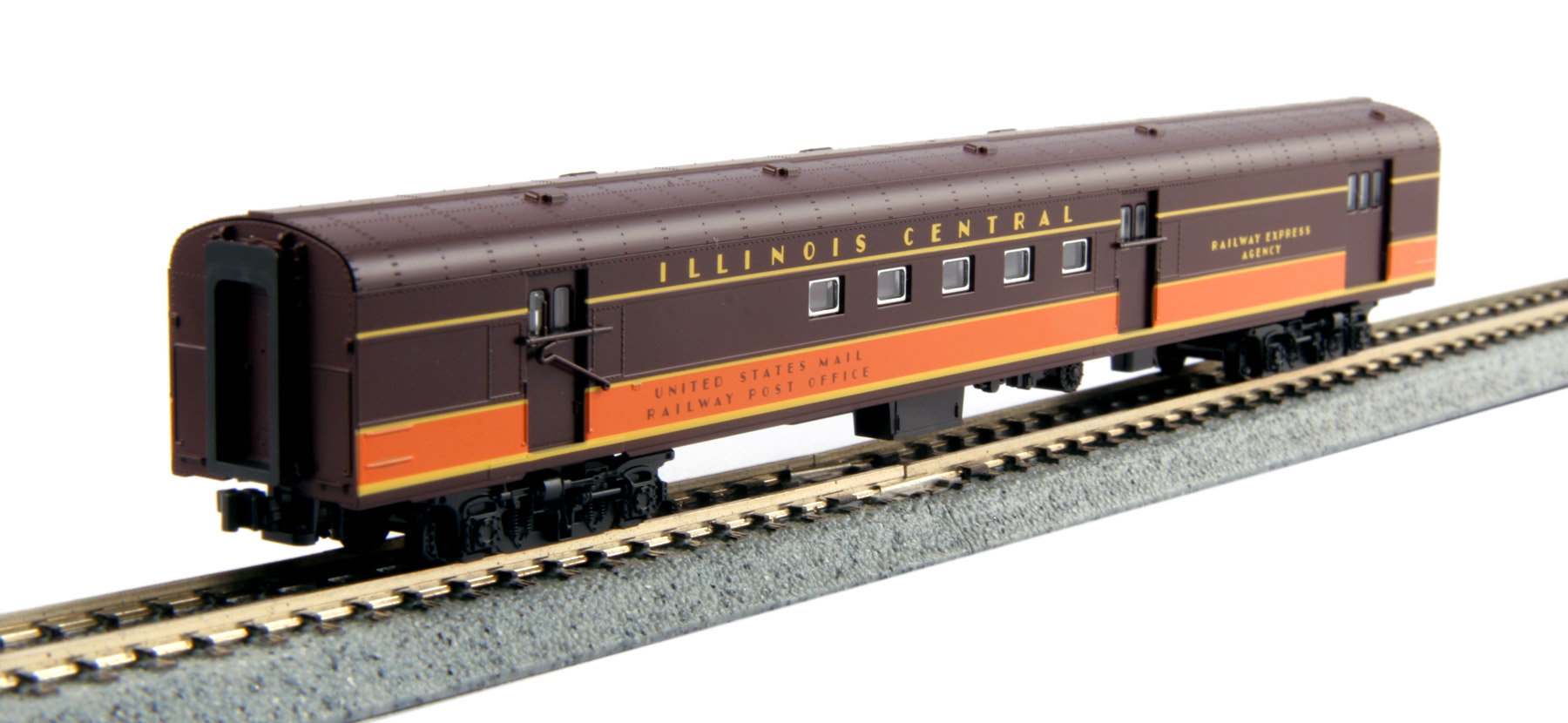
- RPO (Super Chief Version)

- Diner
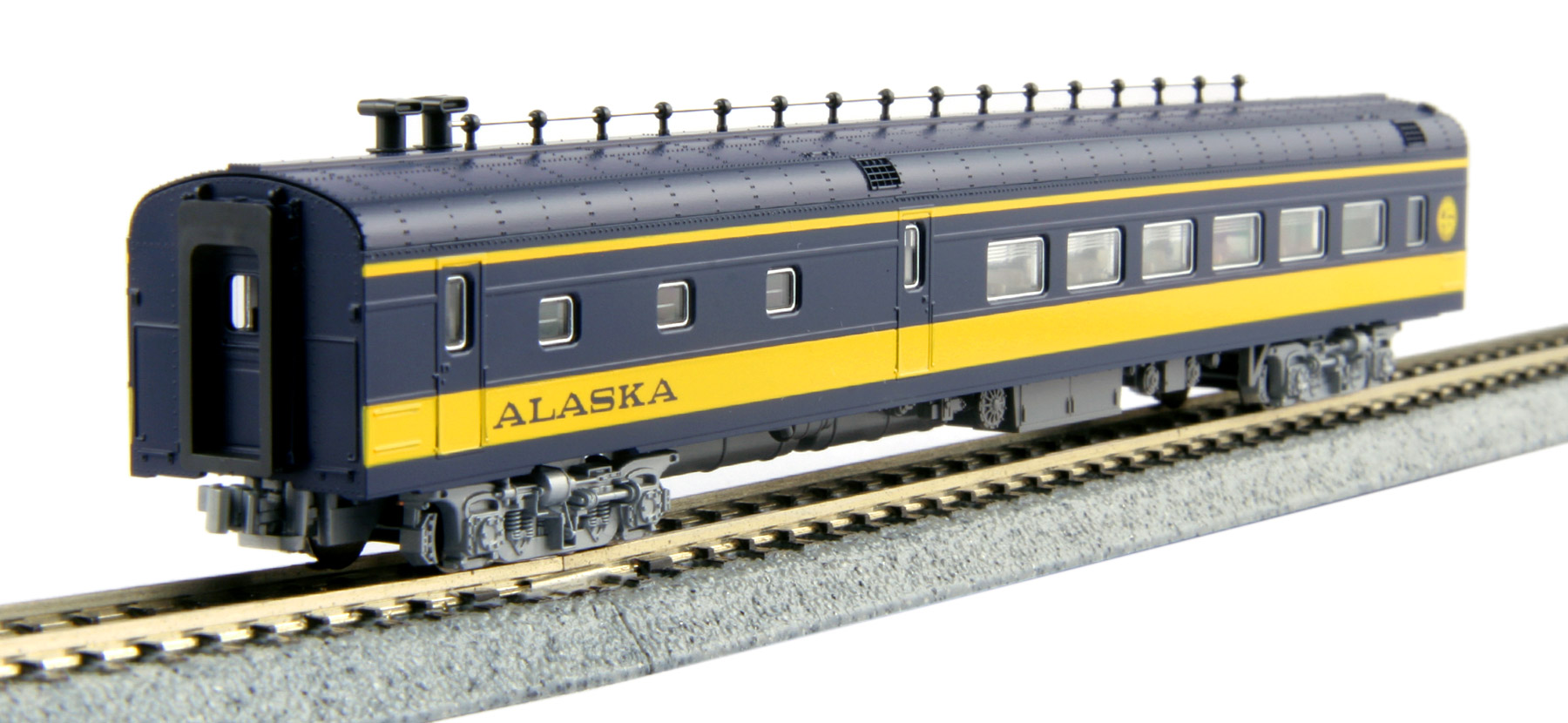
- Diner (Type 2)

- Kitchen-Dormitory

- Power
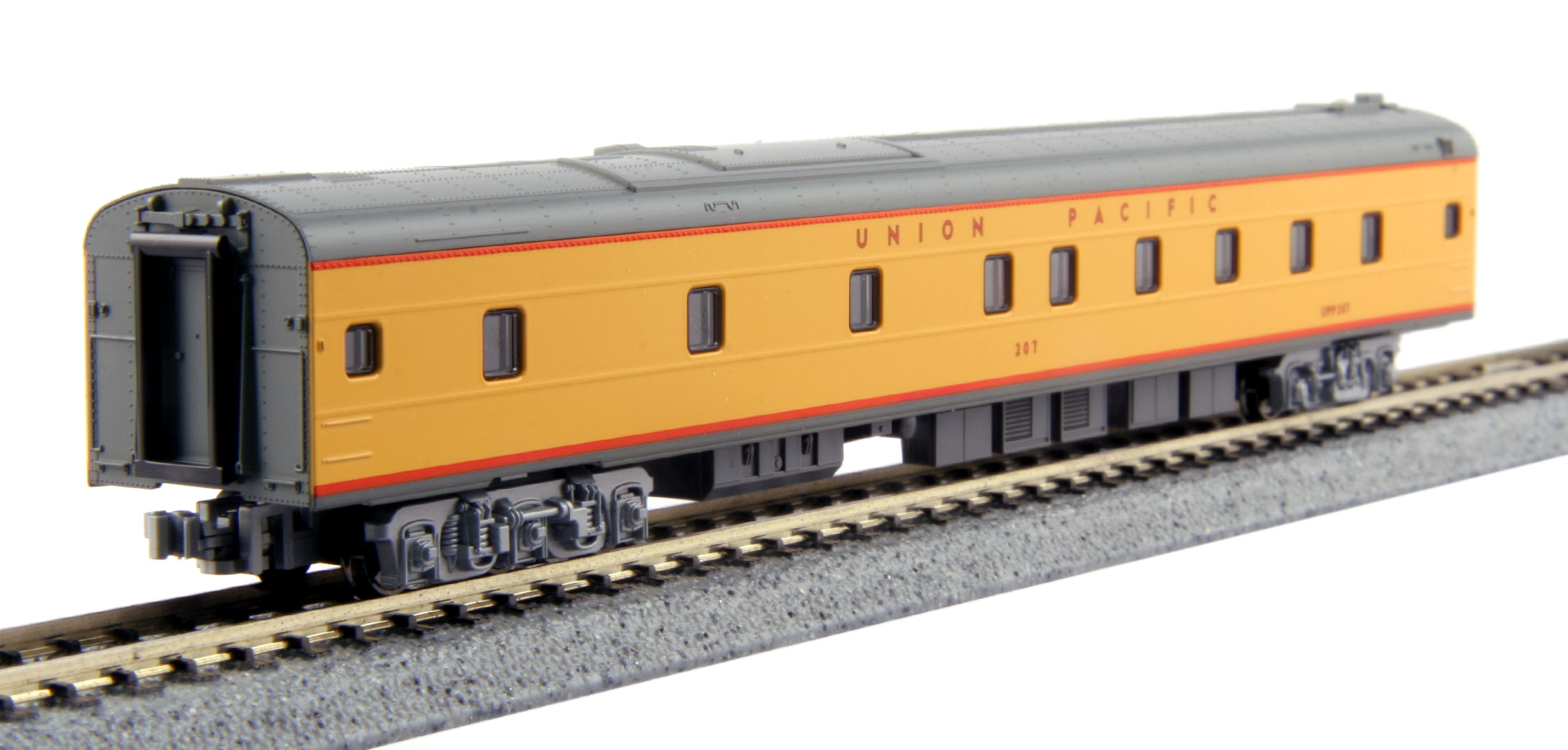
- Business
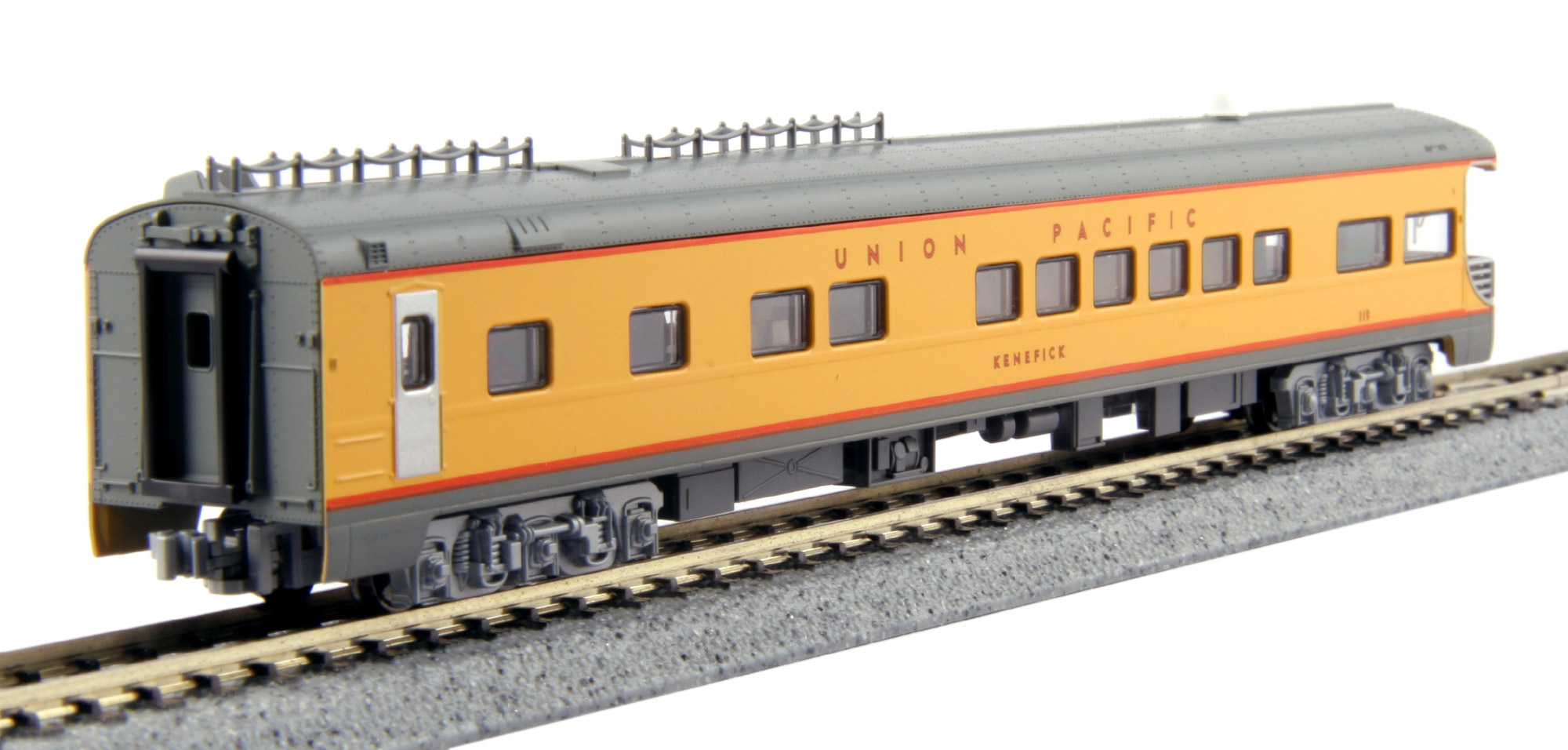
- Coach

- Chair Car
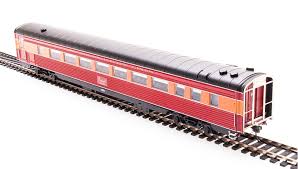
- Diner

- Tavern Car
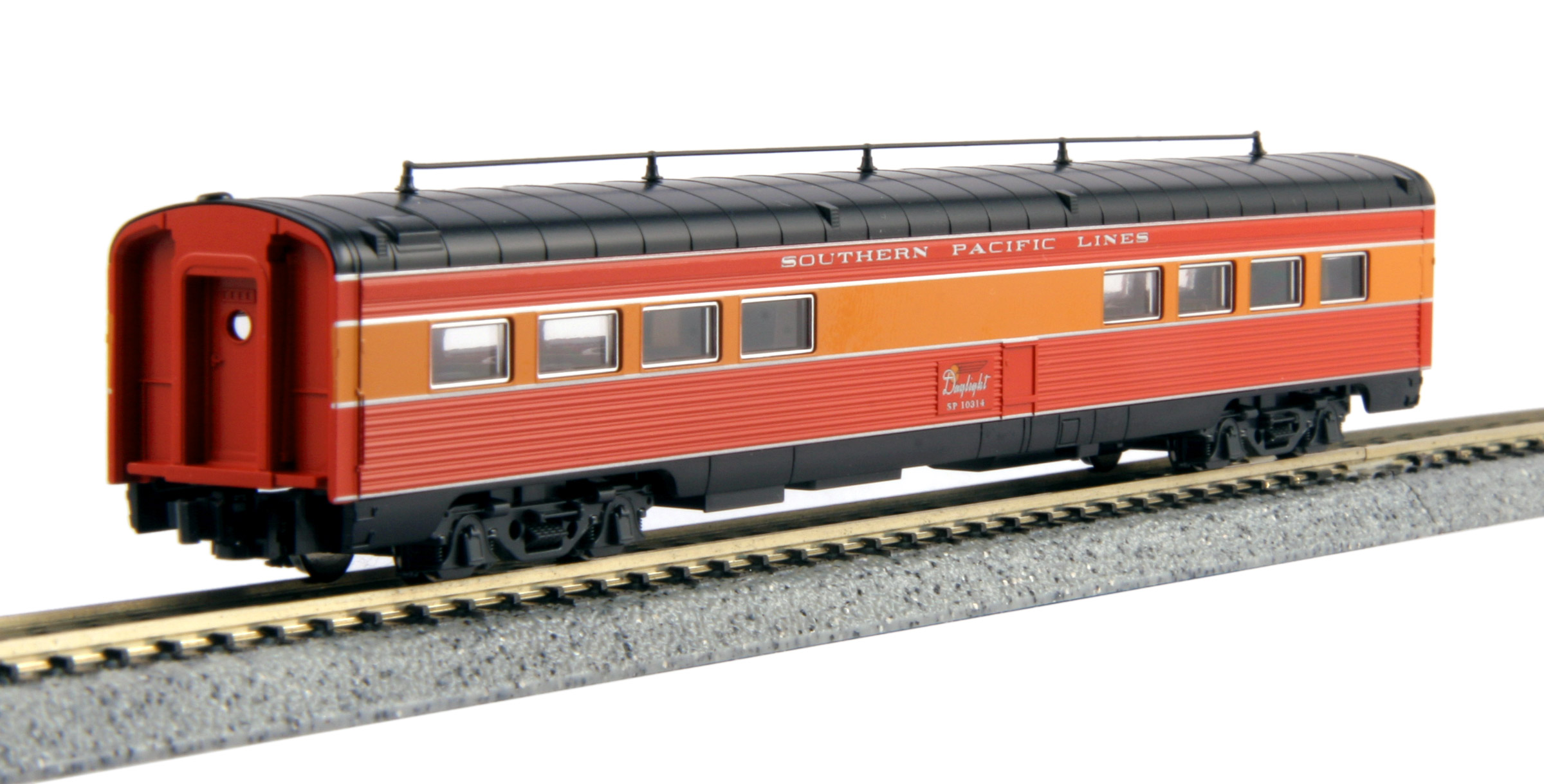
- Parlor Car
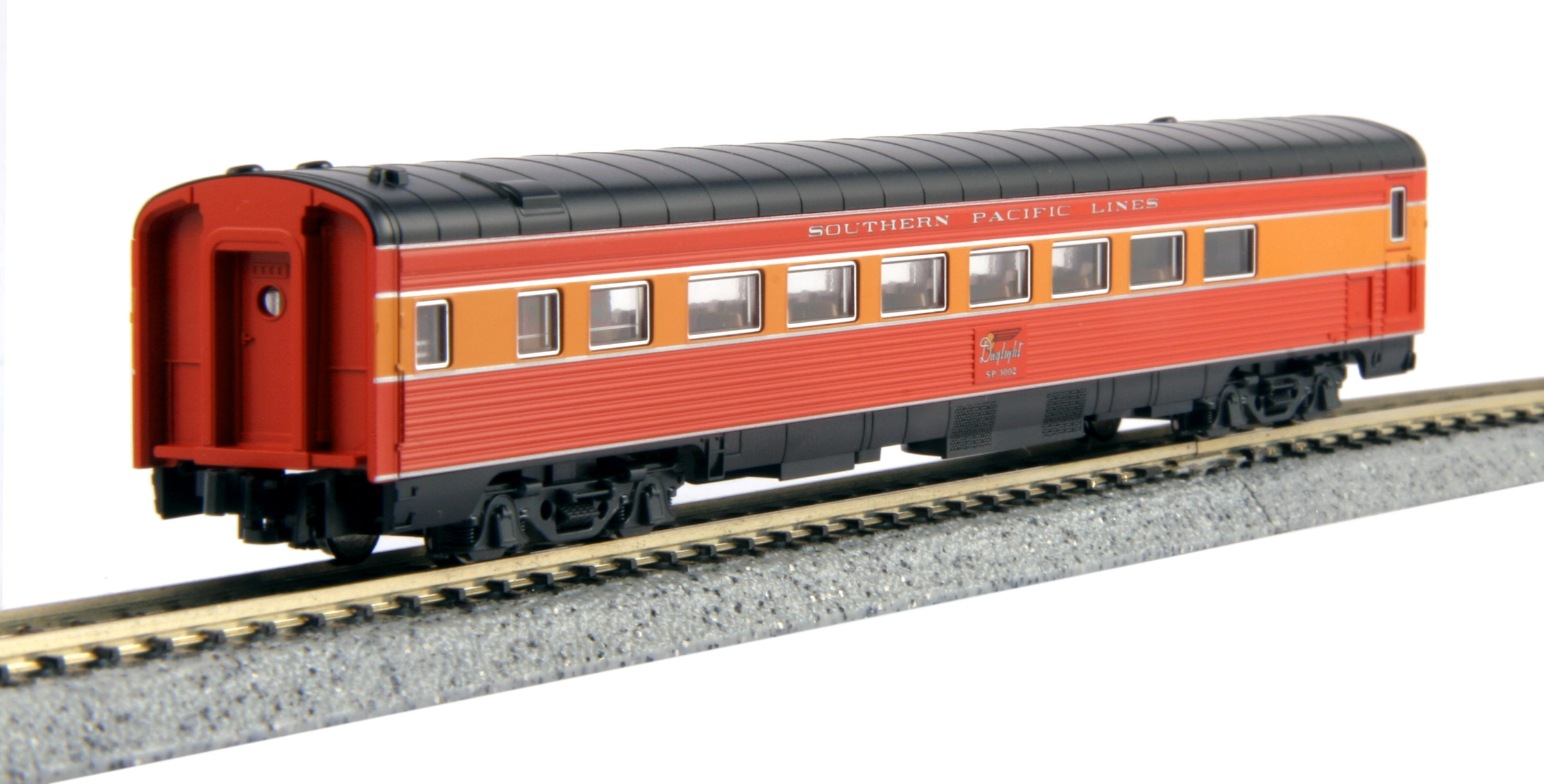
- Parlor Observation
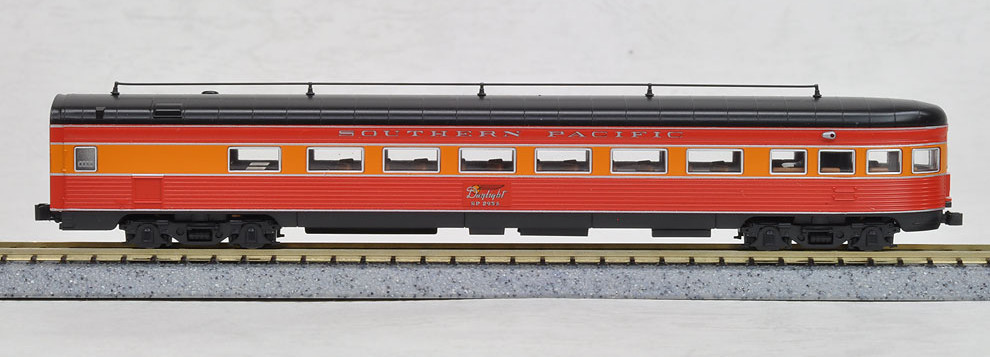
- Dome Coach
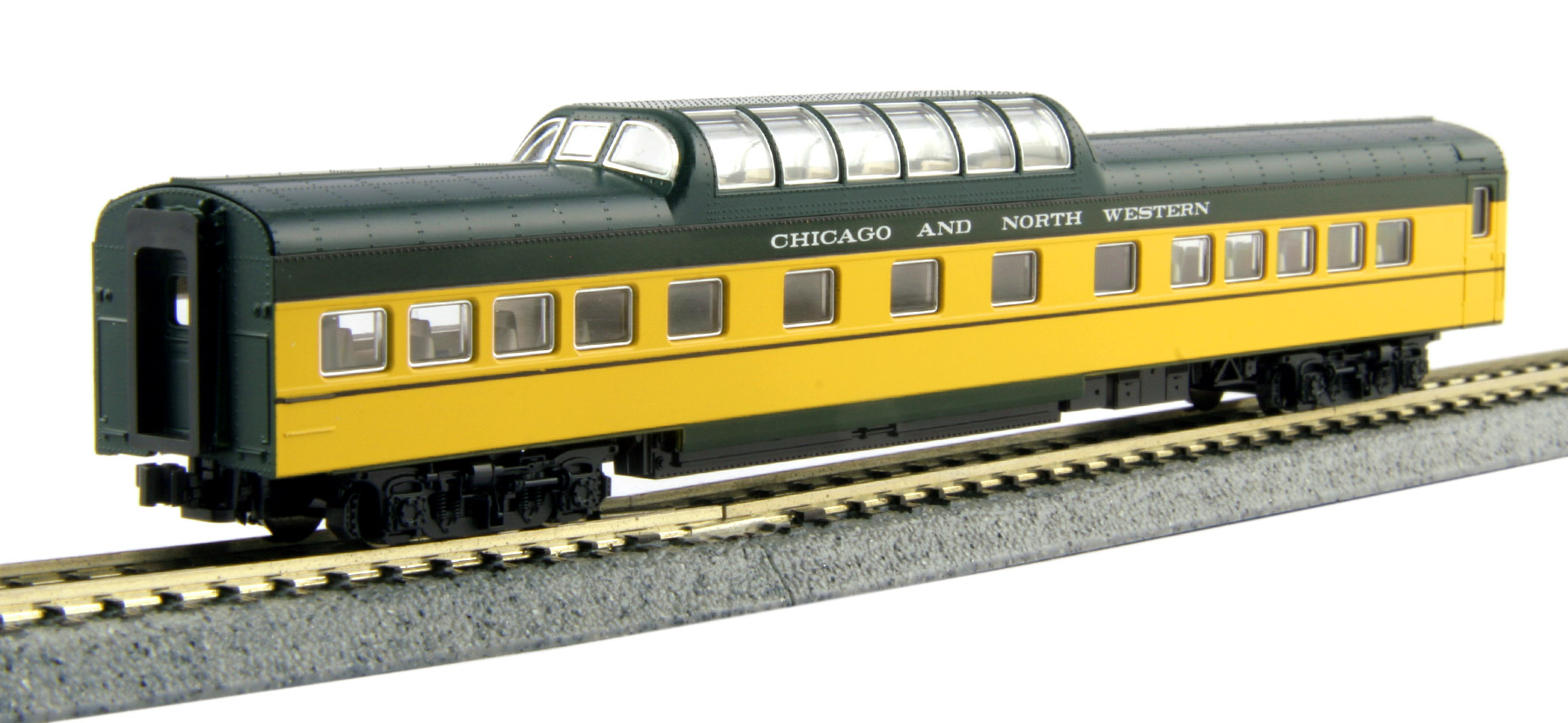
- Pleasure Dome

- Sleeper : 12 Duplex, 4 Double Bed

- Sleeper, 10-6

- 5-Double Bed Bar-Lounge

- 6-6-4 Sleeper or simply “Pullman”

- 11 Double Bed Sleeper
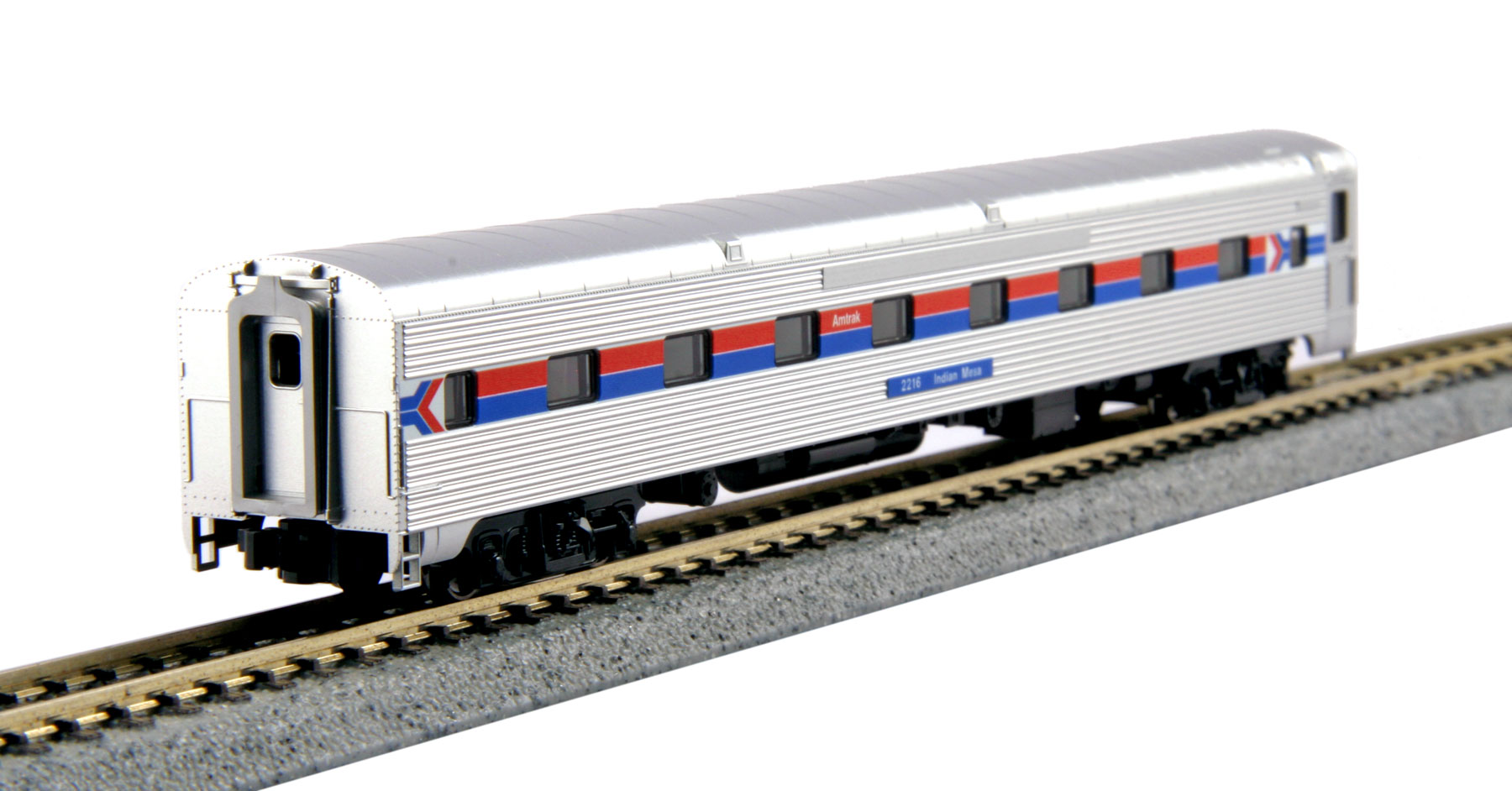
- Dormitory-Lounge

- Observation
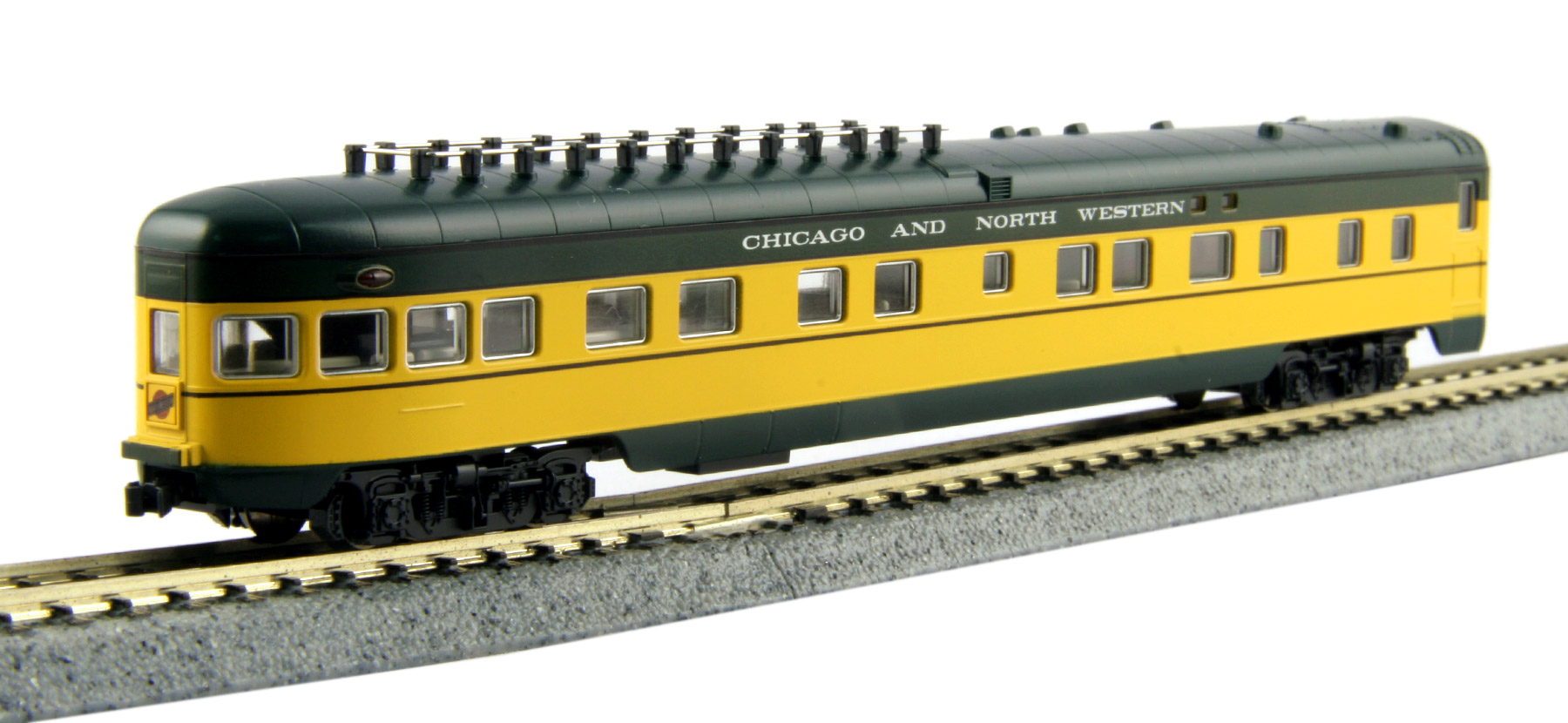
- Sleeper-Lounge-Observation

- Baggage-Chair
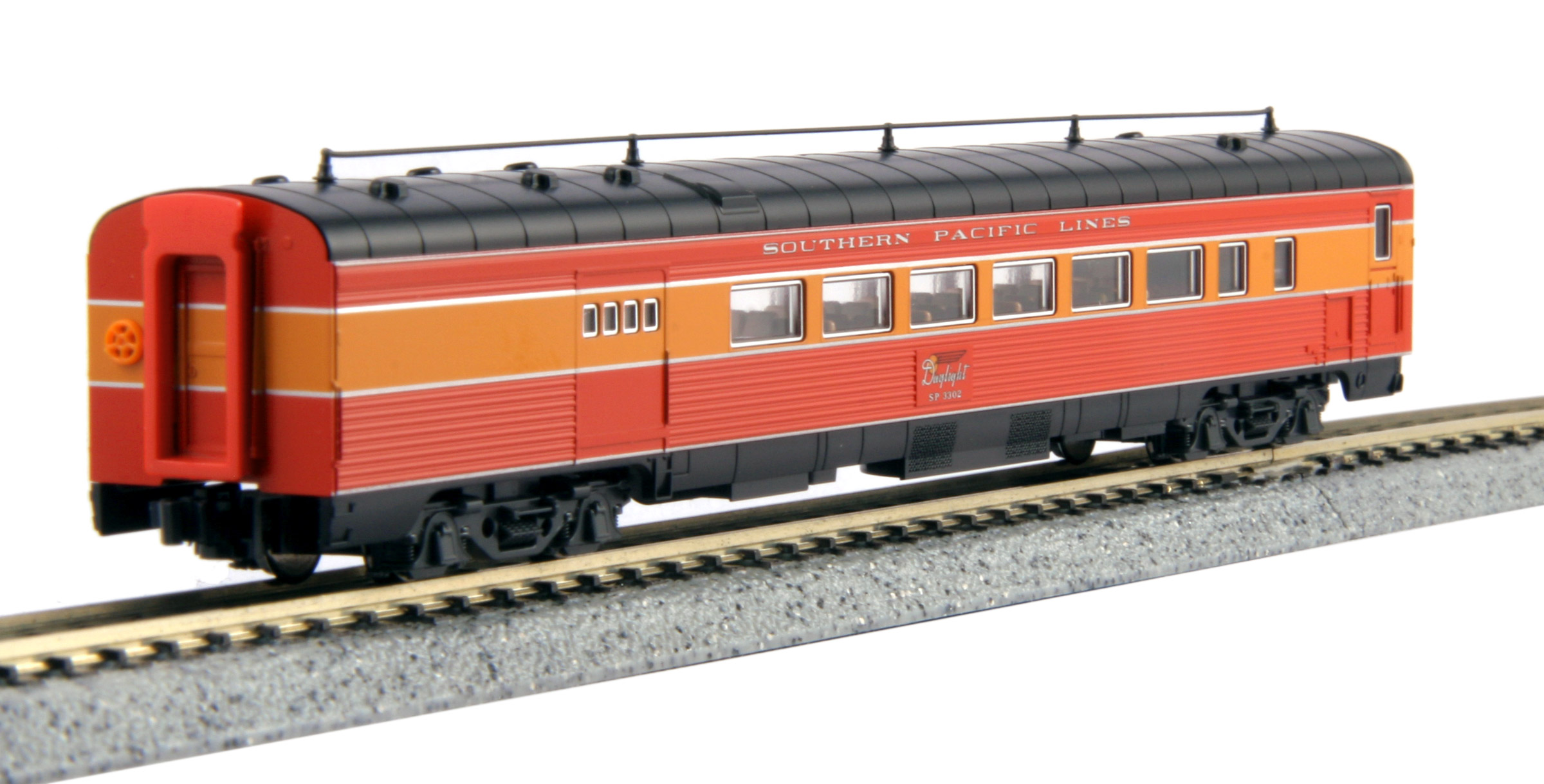
- Articulated 3-Unit Dining/Kitchen/Cafe

- Articulated 2-Unit Chair Car

Following Santa Fe's transferal of their passenger operations, Amtrak continued to operate the “El Capitan” and “Super Chief” trains in combined consists for a number of years before retiring the historic “El Capitan” name, adorning them in its then-new Phase I red, white and blue paint scheme.

